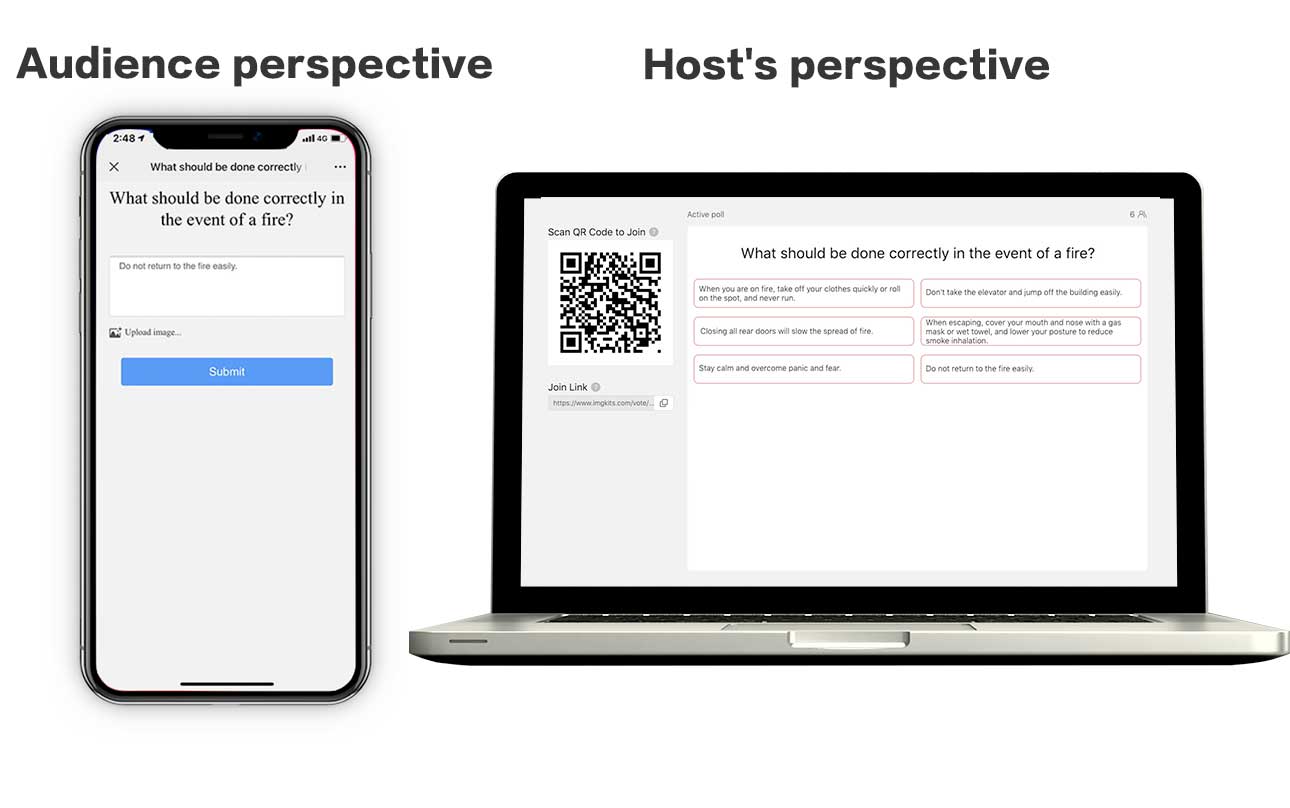
Open-ended questions are a great way to encourage dialogue and get to know your audience or students better. They can also be used to gather information and obtain feedback.
Difference Between Open and Closed Questions.
Do you know the difference between open and closed questions? If not, don’t worry – you’re not alone. Many people don’t realize that there is a difference between these two types of questions.
Open-ended questions are those that don’t have a fixed answer. There is no right or wrong answer, and the person asking the question is free to answer in any way they choose.
Closed-ended questions, on the other hand, provide options for the person answering. They may be asked to choose between two or more options or to simply answer yes or no.
So why does it matter which type of question you ask? Well, it can make a big difference in the quality of the answer you get. Open-ended questions tend to elicit more detailed and thoughtful responses, while closed-ended questions are more likely to get brief, superficial answers.
If you’re looking for a more in-depth conversation, stick to open-ended questions. But if you’re just looking for a quick answer, closed-ended questions will do the trick.
20 examples of open-ended questions
Are you looking for ways to create open-ended questions? If so, you’re in the right place. In this blog post, we’ll share 20 examples of open-ended questions that you can use in a variety of situations.
1. What are your thoughts on…?
2. How would you feel if…?
3. What would you do if…?
4. What do you think about…?
5. What are your favorite…?
6. What are your passions?
7. What are your goals?
8. How do you define…?
9. What is your opinion of…?
10. What was your experience with…?
11. Do you have any thoughts on…?
12. Can you tell me more about…?
13. How did you get interested in…?
14. What do you know about…?
15. What are your favorite things about…?
16. What have you always wanted to do?
17. What are your skills?
18. What are your strengths?
19. What do you like to do for fun?
20. What are your hobbies?share an example of a time when you dealt with a difficult situation?
What are the advantages of open-ended questions?
Asking open-ended questions is a great way to encourage dialogue and get to know your students or employees better. But what exactly is an open-ended question?
An open-ended question is one that cannot be answered with a simple yes or no. It requires more thought and usually elicits a longer answer. Open-ended questions are great for getting to know someone, for sparking creative thinking, and for problem-solving.
Here are some advantages of using open-ended questions:
1. They encourage people to share more than just yes or no answers.
2. They help you gather more information.
3. They can spark interesting conversations.
4. They help you get to know someone better.
5. They can be used in a variety of situations.
Now, let’s take a look at some examples of open-ended questions that you can use in different situations.
1. In the Classroom
If you’re a teacher, you can use open-ended questions to encourage classroom discussion and get to know your students better. For example, you might ask:
-What are your thoughts on the readings for this week?
-Can anyone share an example of something we’re discussing in class?
-What are some questions you have about the material we’ve covered?
2. In a Meeting
If you’re in a meeting, you can use open-ended questions to get input from others and keep the discussion going. For example, you might ask:
-Does anyone have any thoughts on what we’ve discussed so far?
-Can anyone share a different perspective on this issue?
-Are there any other ideaswe should consider?
If you want to create open-ended questions online, livepolls.app is a great option.
1. Log in/sign up. You can choose Facebook or Google account or email to register and log in ;
2. Choose open-ended questions from various question types, and you will get a participation link;
3. Once you have the voting link, you can share it with others via email, social media or any other platform you like. When other people click the link, they will be able to answer your question. Of course, you can also join by scanning the code!
Here it is all its own! Creating open-ended questions using live polling is quick and easy. Give it a try today and see how it can help you gather feedback from others.